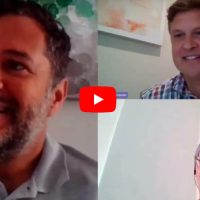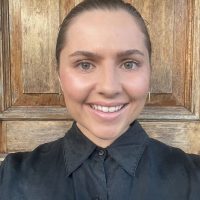It’s an exciting time when organisations are overhauling their vision and planning: synapses are snapping, there’s energy in the air, and people are engaged with building an exciting, compelling story of how their organisation is going to be in the future. However, when it comes time to turn intention into reality, that’s when things might get a little stuck and start to stagnate.
There will be those in the organisation who nod through the changes, but believe it’ll be another false dawn and that everything will go back to business as usual. Effective leaders will bring the rest of the organisation on the change journey and entrench the new business as usual. However, for many organisations, strategic planning and visioning is sadly just seen as the stuff you have to tick off before getting back to the “real work”. It’s not seen as what should drive that work. The challenge is not only to develop the new ways of doing things, but to make sure they’re truly reflected in people’s activities and beliefs.
How do you make the new, compelling way of doing business not just something to pin on the wall, but a felt reality in day to day activities? It’s often difficult for individuals to see how the work they do – their activities, the systems they work with, the parts of processes they undertake – relates to the work of people in other parts of the organisation, let alone the overarching vision, strategies, and goals.
Let’s fight abstraction with abstraction for a moment. There’s a problem studied in mathematics, computer science, and a few other fields called the travelling salesman problem. It’s expressed like this: “Given a list of cities and the distances between each pair of cities, what is the shortest possible route that visits each city and returns to the origin city?” It’s an optimisation question with much broader applicability than shortening travelling distance: you can think of “cities” as a stand in for activities your organisation needs to perform, “distances” as the resource you’re expending to get them done, and “route” as the processes, systems, or work plans you’re changing to get to the future state.
How do mathematicians and scientists solve this problem? Is there a single, reliable formula to get where you need to go? Well, sure, sometimes there’s an exact algorithm that works, but it’s mostly a matter of changing things bit by bit or using what mathematicians call heuristic algorithms (which deliver good solutions, but can’t be proven as optimal).
A heuristic approach is one that helps people to make discoveries and solve problems for themselves. It might not produce the objectively “best” solution, but good solutions come with trial and error. What you end up with will be a good solution that can actually be implemented. When you engage the people doing the work in building solutions, however, you’ll produce something that’s better than that: you’ll have built understanding of how high level stuff should weave into daily work, shifted the daily work to function in line with the kind of organisation you want to have, forged relationships across different parts of the organisation, and empowered individuals to understand how their work contributes to the bigger picture.
Changing whole systems, processes, plans, and activities is nitty gritty work and it requires enthusiasm and goodwill to get it done. It is work worth doing well if you want your whole organisation to be invested in change, because the high level rings false and fades out if you can’t see it at the ground level. Like our travelling salesman, you don’t want to waste time and resource by wandering around in circles: build the map you want to get to the future, and enlist your team to get there.
At LKS Quaero, we help clients to develop effective planning and processes. If you’d like to know more, visit us at lksquaero.com or follow us on LinkedIn, Facebook, and Twitter.










